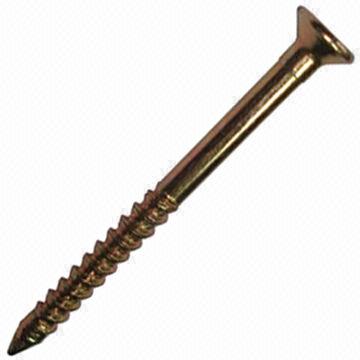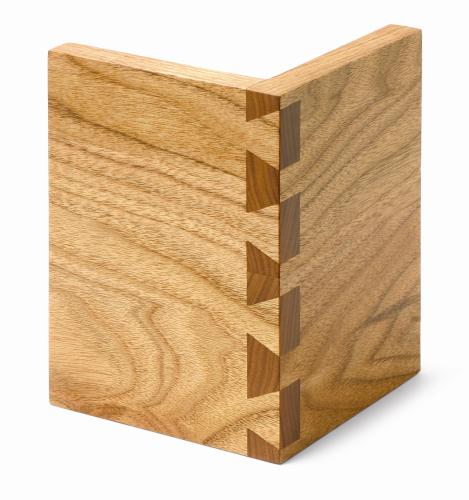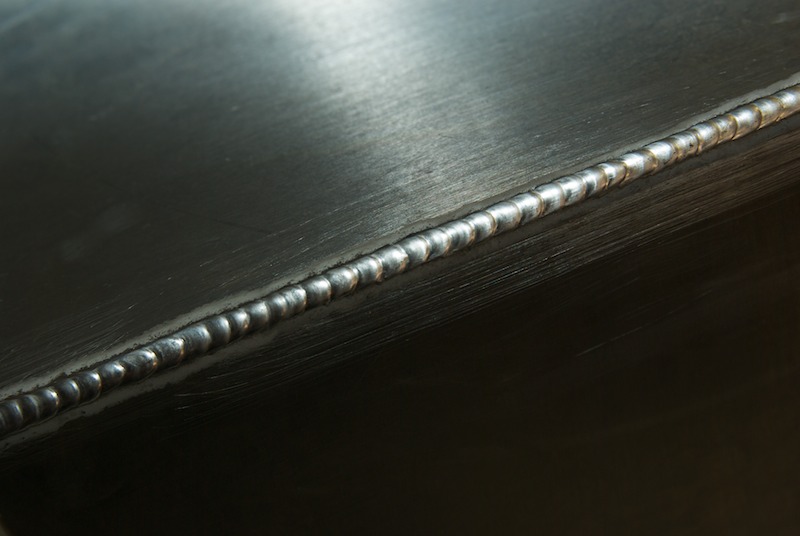Structural Strength And Stability
Over the years many materials such as animal skins, mud, and sticks were used. Today designers have a wide variety of materials to choose from which have been discovered or invented.
Materials & Their Properties
When deciding on materials engineers and builders analyze the following factors:
1. Brittleness – how easily does the material break
2. Ductility – how easily can the material be made into wire
3. Hardness – how hard is the material
4. Plasticity – how easy is the material to shape
5. Resistance to heat
6. Resistance to water
7. Compressive strength - Can it be compressed without structural failure
8. Tensile strength – Can it be stretch or pulled
Economic properties may also influence use of a particular material:
Aesthetics
Consumer demand – is it rare?
Cost
Effect on the environment
Disposal of waste
Availability
Proper material for the Proper Force
Materials must be able to withstand the forces acting on it.
Deformation:
- The change in shape in a structure or any structural component
- The material is unable to resist the load acting on it
When too much deformation has occurred the structure has the possibility of failure
Flexibility:
- Is the ability of as material to be bent under force without breaking
- Change in shape under a given load without breaking
Ex: tall building and the wind or tree in the wind
Most Crucial Structural Component
Joint:
Place at which structural parts are joined (can be rigid or fixed for proper function)
Examples
- Human Knee/Elbow
- Arm on a pair of glasses
- Hinges on locker or door
Friction:
- A force that results when two surfaces move/rub against each other
- The force of friction depends on roughness or smoothness of the two surfaces that are in contact with one another
- Example – moving a desk across the floor vs. moving the desk across the floor with a friend sitting in it
Joints That Rely On Friction
1. Nails, Screws, Rivets, Tack, Staples
- Friction between the metal and the material that allows for it to be held together
- Screws, tack, and staples have an ADVANTAGE because they are easily removable
2. Interlocking Pieces
- Friction is two surfaces rubbing against each other, therefore by increasing the area you can INCREASE friction and the structure will be securely held together
3. Mass
- Friction between the base of an item and the surface below it will keep the item in place
- Example: Pyramids in Egypt
4. Glue, Tape, Cement, Welds
- Bonds two surfaces together
- Some produce a chemical change therefore changing the surface and harden to make it a sold mass
What is a Fixed Joint?
Definition: rigid (preventing movement)
Example
- welding
- cementing
- gluing which results in the parts of the structure being firmly secured
What is a Moveable Joint?
Definition: flexible/moveable (parts can move if needed)
Example
- hinges on a door
- knees
- elbows
- shoulders (can move however, still able to withstand force or the stress of repeated movements
Plant & Animal Structures
Materials in the Human Structure:
Bones, Ligaments, and Cartilage (Frame Structure)
Bones:
Hard/rigid forming a structural frame which can support and protect the other parts of the body
Ligaments:
Flexible connective tissue which allows for movement, connect bone with bone
Cartilage:
Reduces friction providing smooth surfaces for movement
Muscles and Tendons
Muscles:
Semi-solid fibrous tissue (contracts/relaxes)
Tendons:
Attaches the muscles to the bones (strong/flexible)
Types of Moveable Joints
1.Ball and Socket (shoulder/hip joints)
2.Hinge (elbows/knees)
3.Pivot (wrists/spine)
** all of these joints allow MOVEMENT!
Skin (human shell)
-tough, flexible (waterproofs the body and protects it from bacteria) as well it works to regulate temperature (perspire and shiver)
Materials in a Tree’s Structure
Draw, Label and Explain the 5 layers a tree is composed of, shown in Figure 3.17 (pg.321)
Structures are designed, evaluated and improved to meet human needs
Margin of Safety:
Limits within which a structure’s safety performance is felt to be acceptable
Example – limits on roads and highways
Testing for Structural Safety:
- The best way to determine if a structure is safe we test it to the extremes.
- Testing occurs at all stages from the components used to the design to the final product before putting it on the market
Example – Cars are driven in to brick walls to test the materials used for safety purposes
Monitoring for Structural Safety:
- Scientist continually look at how often the structure will fail and why
- Experts keep track of how well the structure performs
Accounting for Environmental Factors
Climatic Conditions:
- Builders must take into account the climatic-related factors that outdoor structures must face
Example – Permafrost (solid frozen layer of soil during winter, however upper portions melt in the summer making the ground spongy, therefore a solid foundation is needed)
Terrain Conditions:
- Unstable soils and steep terrain may be a poor choice for a structure, therefore when constructing a structure within these areas special techniques are required.
Earthquake Risk:
- The structures built within these areas must be able to resist external and internal forces that act on them during the shifting of the earth’s plates
Design Influencing Structure
Through numerous tests, new designs and materials are applied therefore resulting in improved products
Advances in the knowing what works better or discovering new materials also leads to a change in what methods may be used to increase strength of materials
Altering Materials for Strength
One way to solve structural problems is to combine materials/components in a new way therefore allowing you to take advantage of the best characteristics of each area.
- Example - Lightening Holes in a airplane's wing
Corrugation:
Process of forming a material into wave-like ridges or folds
- Example – Cardboard (figure 4.6 pg.330)
Lamination:
Gluing layers of materials together creating strong bonds
- Example – Kitchen Counter tops (waterproof layer)
Structure & Design
- any structure must meet a variety of human needs NOT just “will it do the job”
- must take into account COST, BENEFITS, SAFETY, and IMPACT ON THE ENVIRONMENT
















